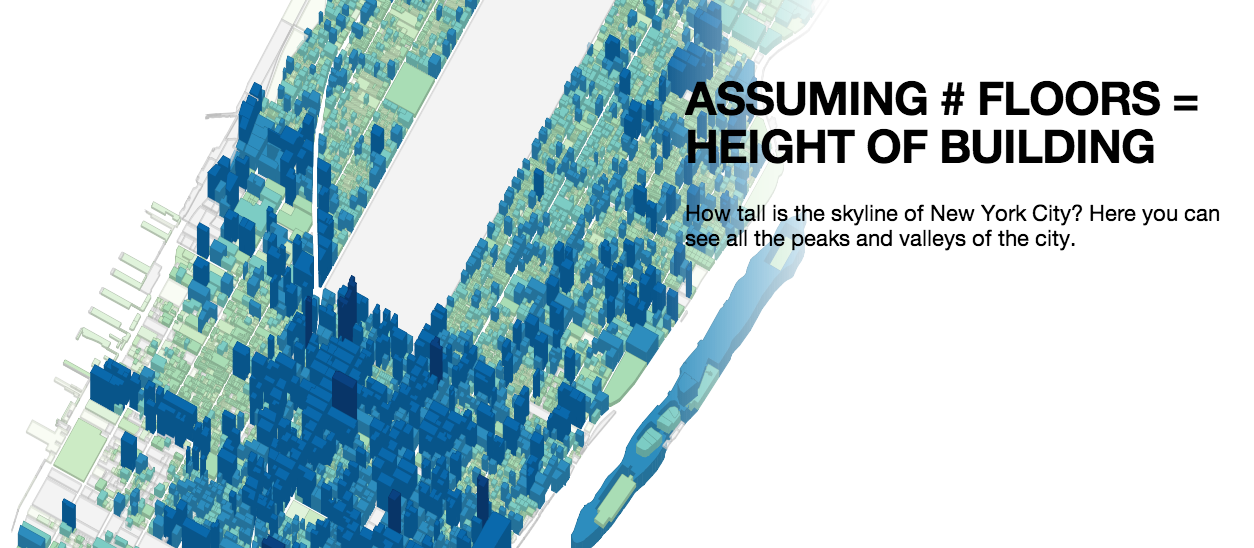 pluto maps in CartoDB
pluto maps in CartoDB
Welcome to Advanced GIS, Lecture 2
This is a web page that can be viewed as slides.
→ to move forward
← to go back
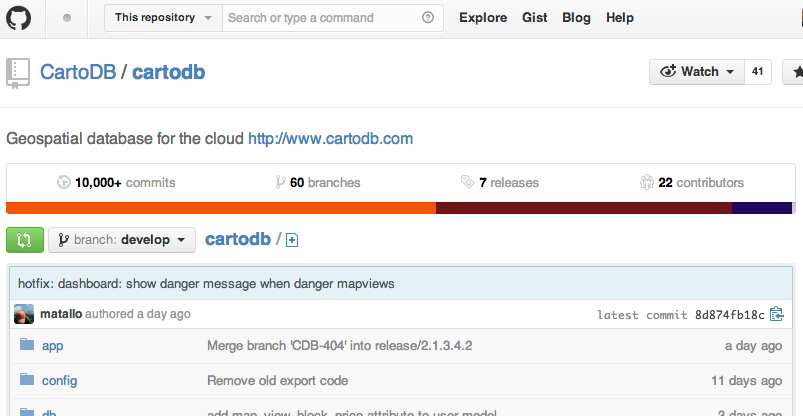
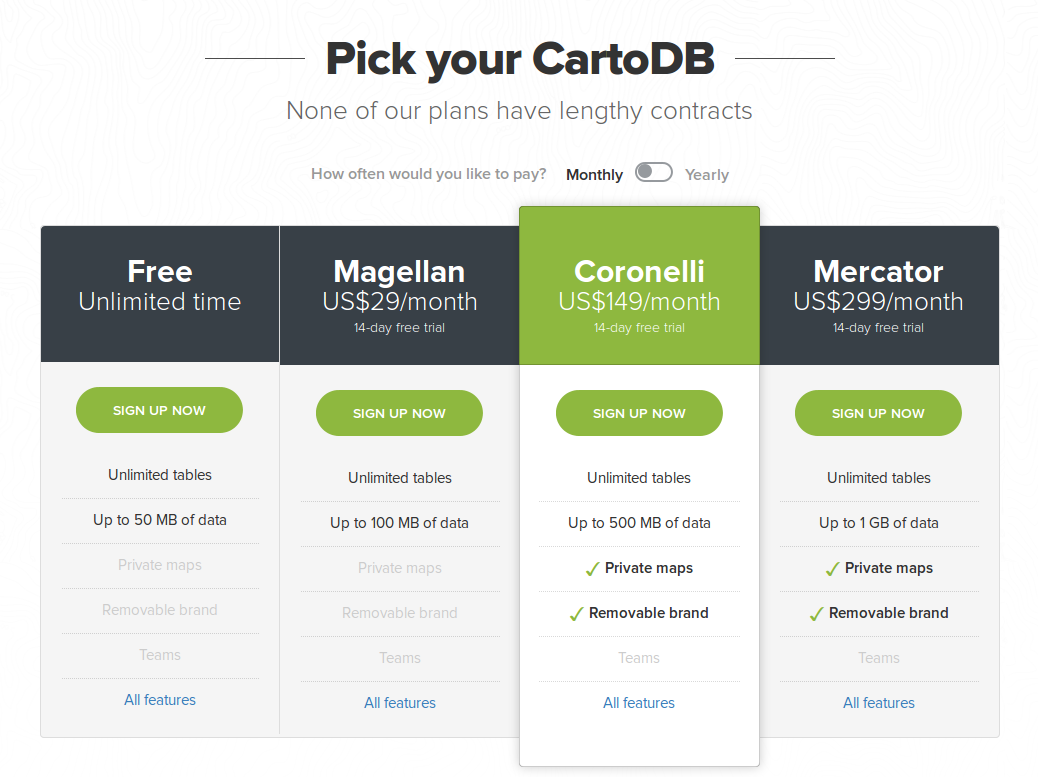
where you import, edit, and analyze your data
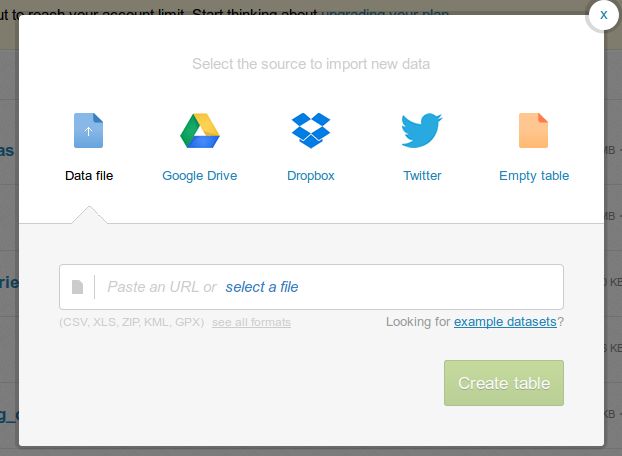
you can upload:
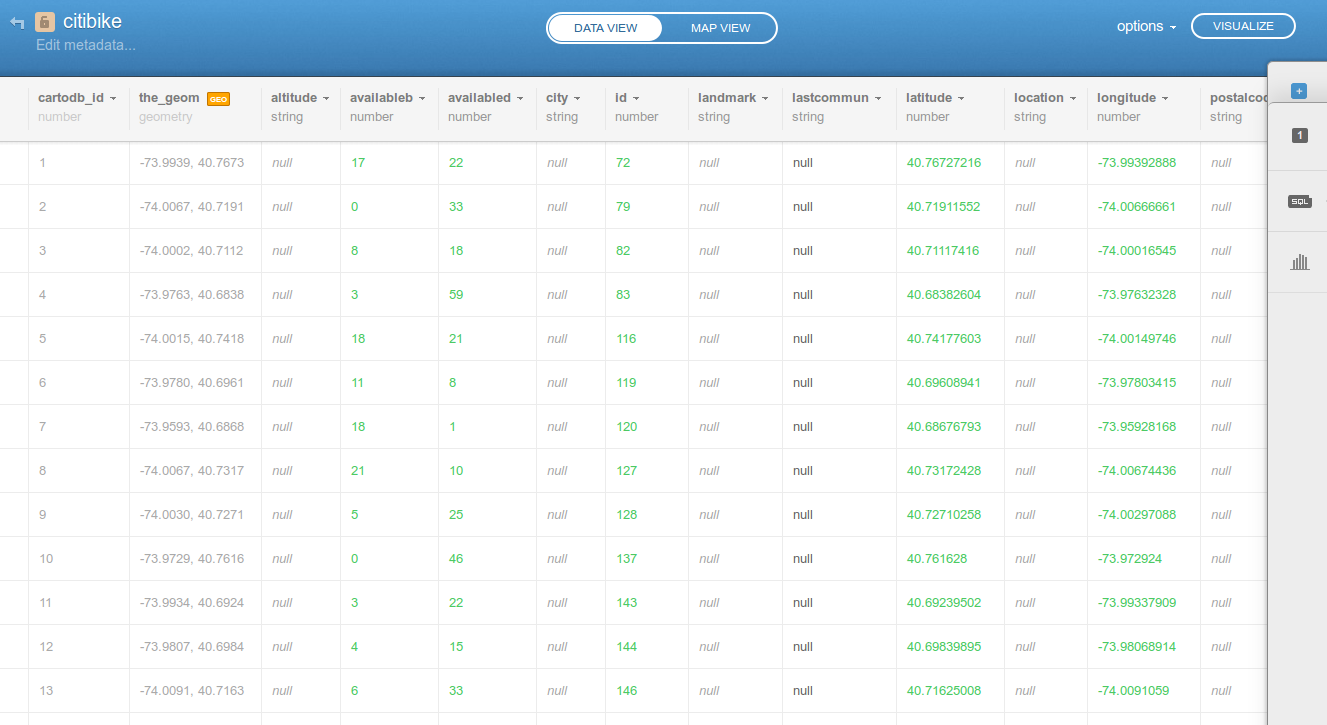
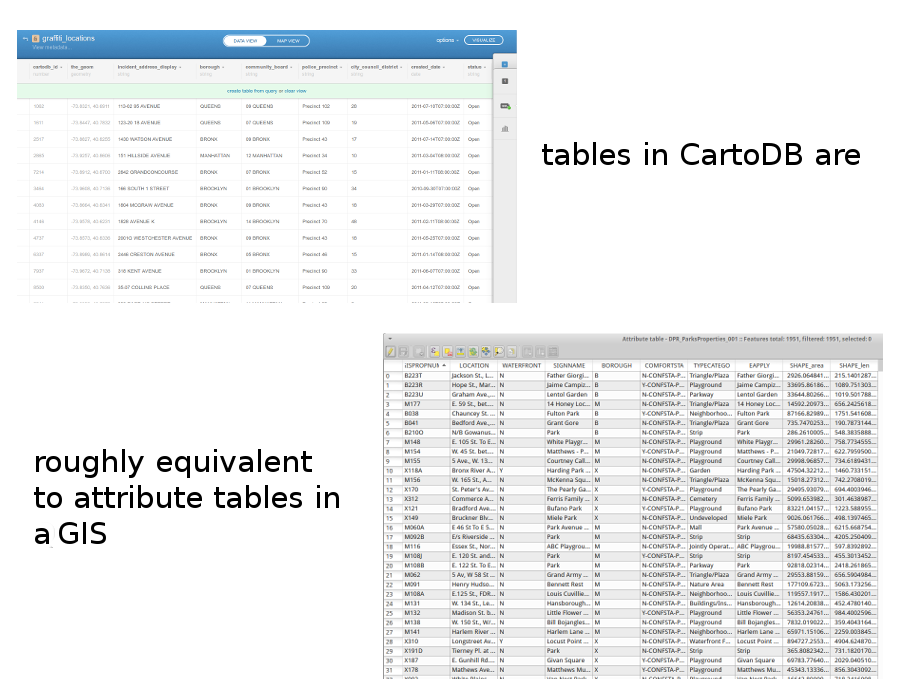
where you make public map views of your tables

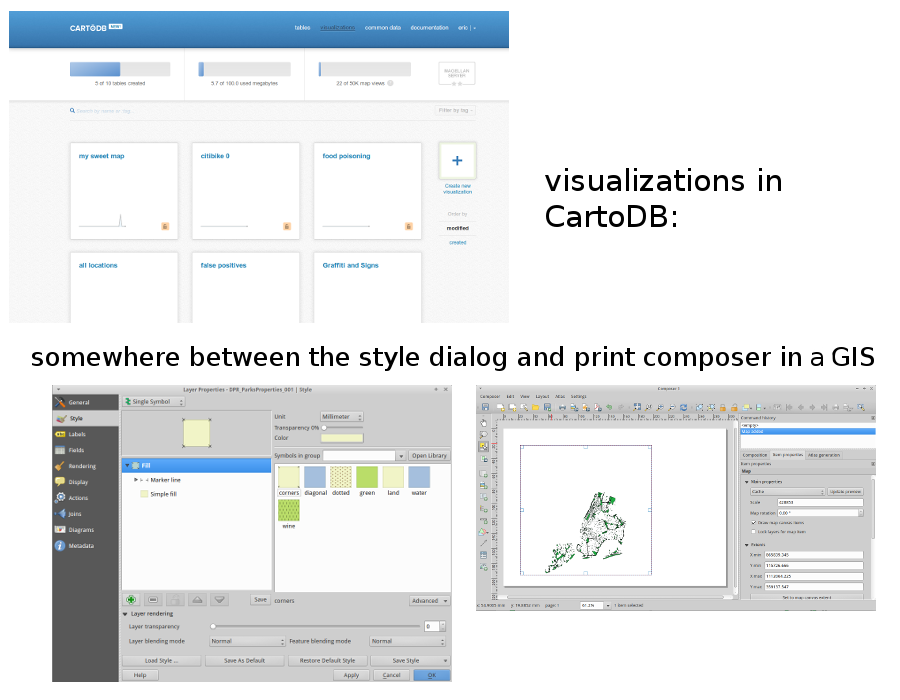
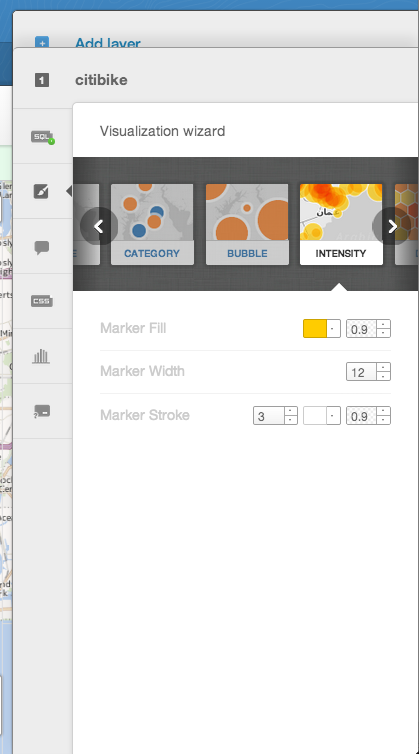
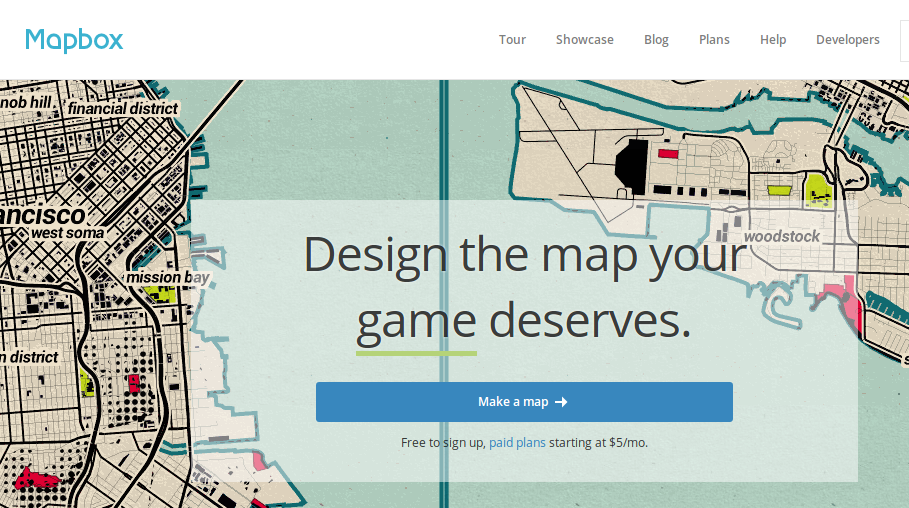


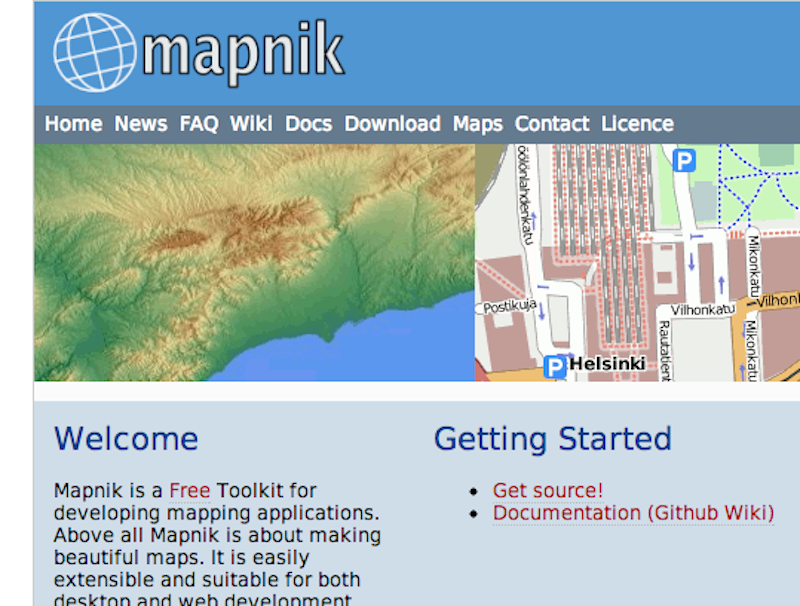

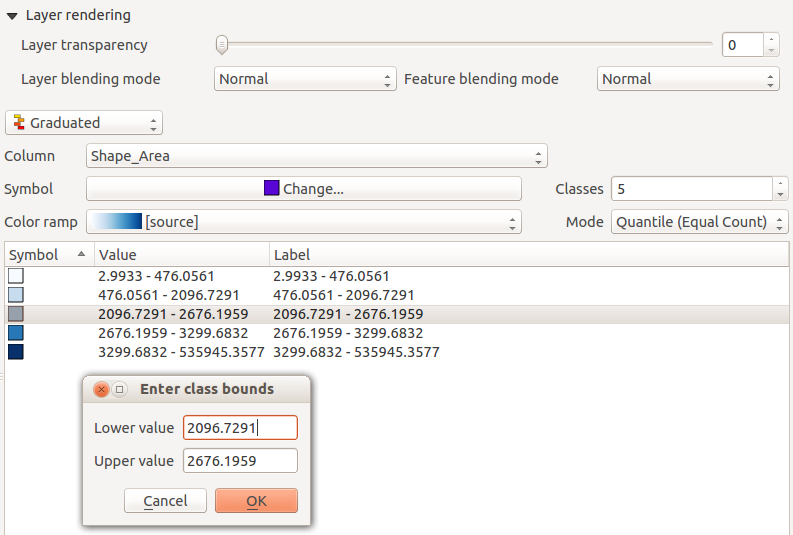
(it's just text)
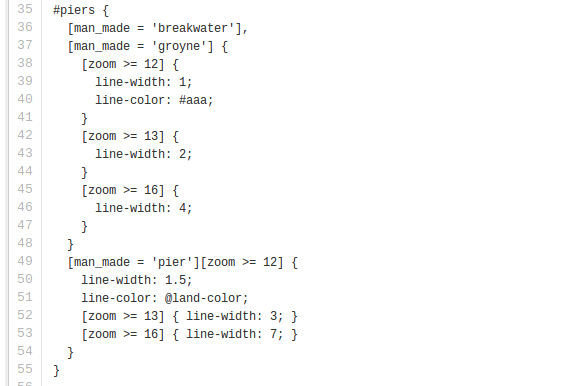

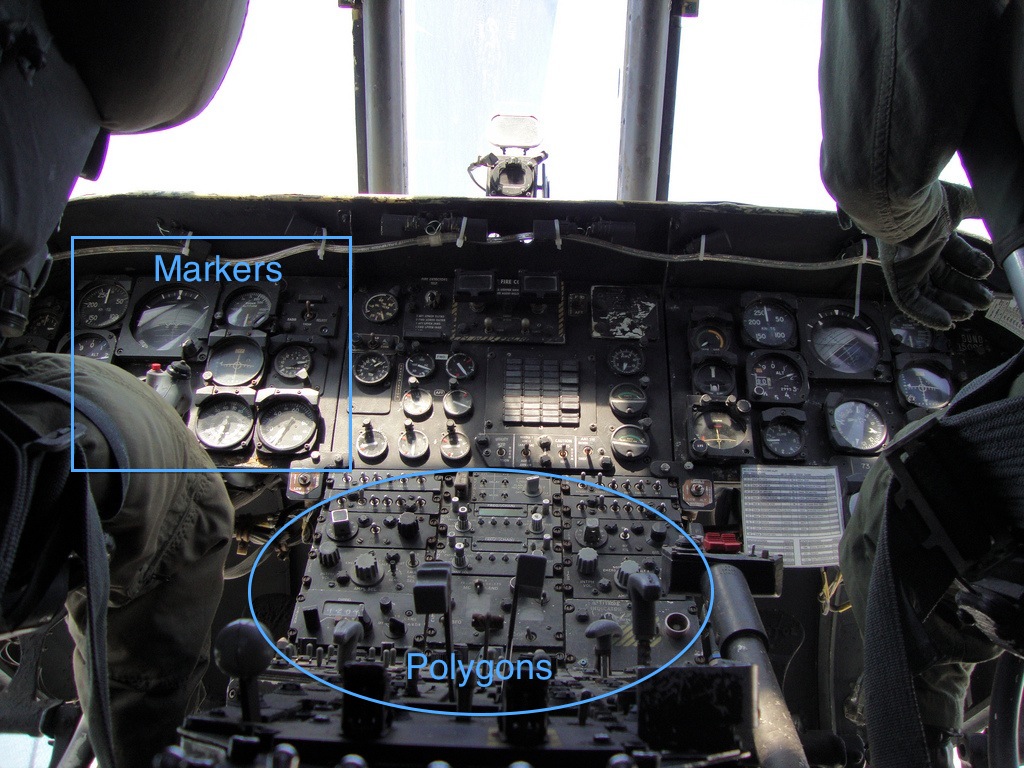
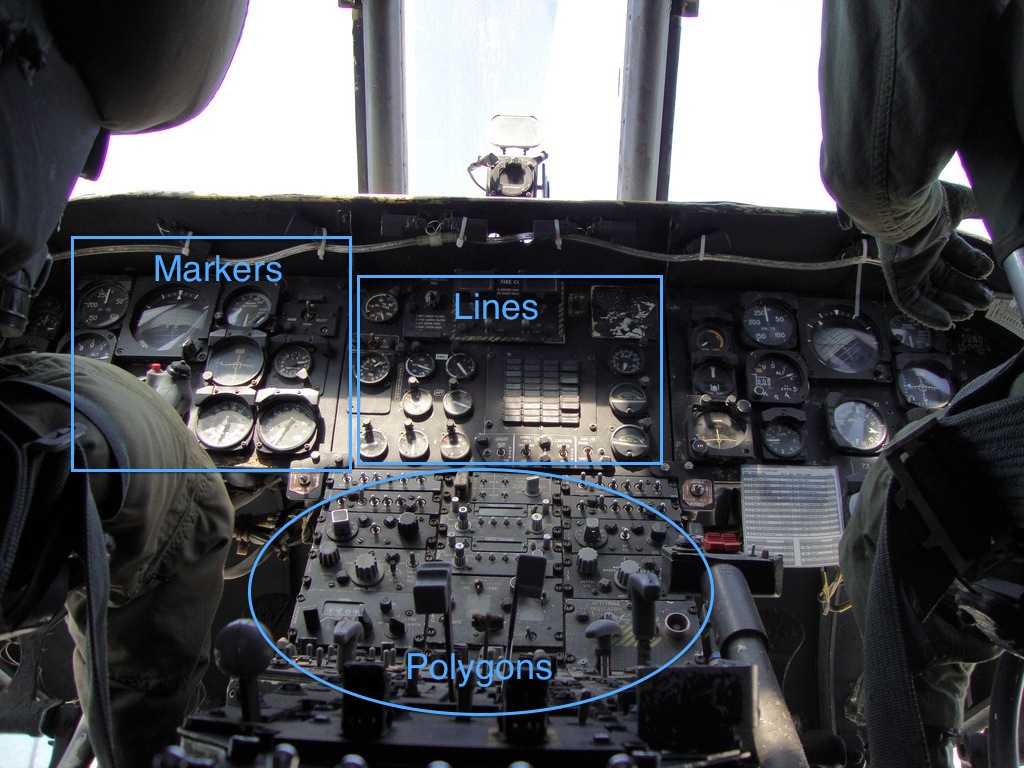
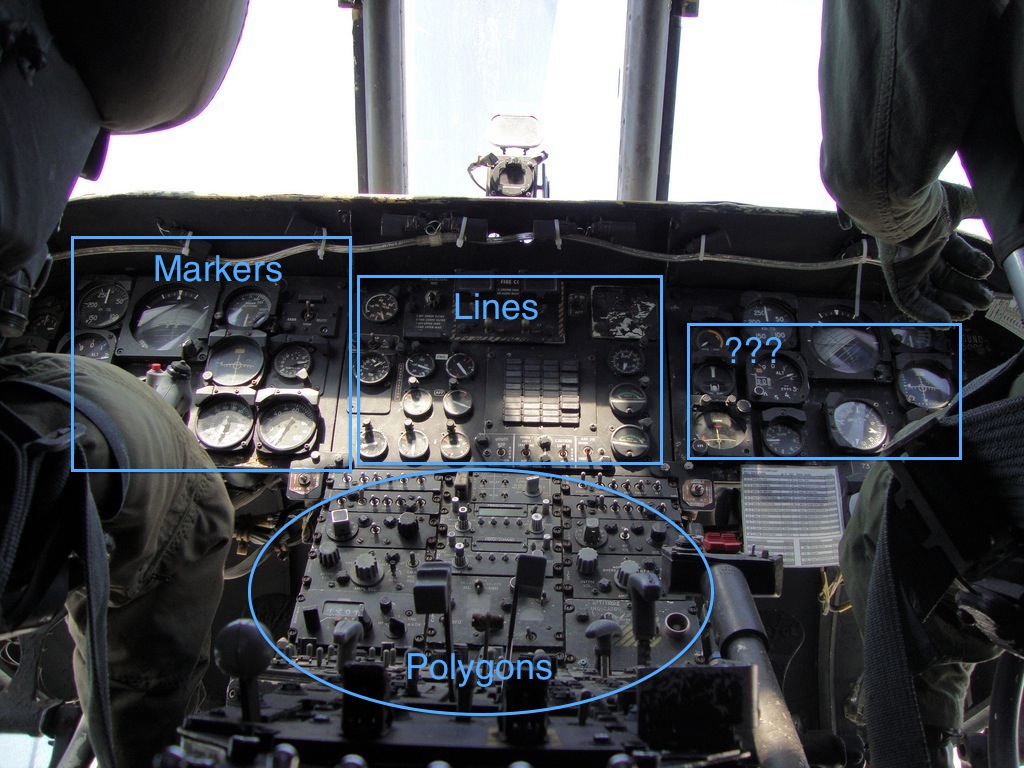
#earthquakes {
marker-fill: #ff307a;
marker-line-color: #FFF;
marker-line-width: 0.25;
marker-line-opacity: 0.4;
marker-width: 2;
marker-allow-overlap: true;
}
#earthquakes {
marker-fill: #ff307a;
marker-line-color: #FFF;
marker-line-width: 0.25;
marker-line-opacity: 0.4;
marker-width: 2;
marker-allow-overlap: true;
}
#earthquakes
#earthquakes
"this statement will talk about the table called earthquakes"
#earthquakes {
#earthquakes {
}
#earthquakes {
}
otherwise your statement will never end!
they're defined in the documentation for CartoCSS
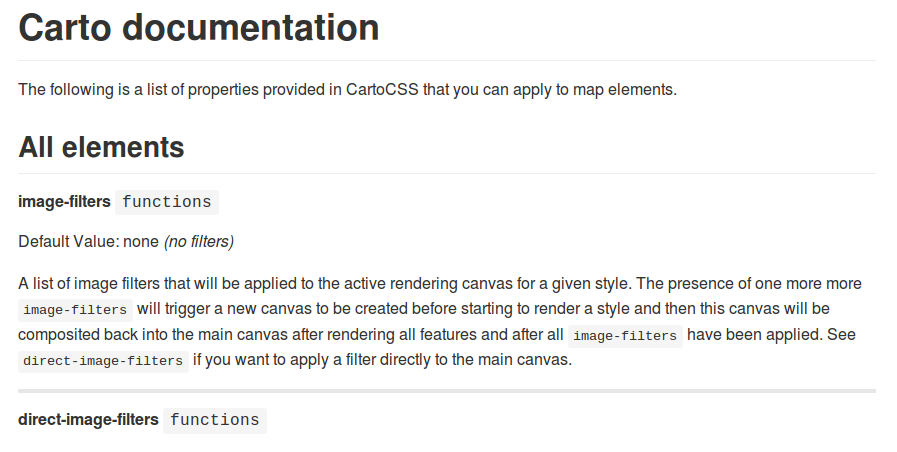
#earthquakes {
marker-fill: #ff307a;
}
#earthquakes {
marker-fill: #ff307a;
}
always one per line, each line ending with a ;
#earthquakes {
marker-fill: #ff307a;
marker-line-color: #FFF;
}
#earthquakes {
marker-fill: #ff307a;
marker-line-color: #FFF;
}
the property name and the value you're setting it to are separated by a :
property values will often be color strings, numbers, or true/false
always check the documentation if you have any doubts
#earthquakes {
marker-fill: #ff307a;
marker-line-color: #FFF;
marker-line-width: 0.25;
marker-line-opacity: 0.4;
marker-width: 2;
marker-allow-overlap: true;
}
use the visualization wizard to give your markers the Simple style, then:
#earthquakes {
marker-width: 3;
...
[zoom >= 10] {
marker-width: 8;
}
}
#earthquakes {
marker-width: 3;
...
[zoom >= 10] {
marker-width: 8;
}
}
"make the earthquakes markers 3 pixels wide. if the map is at zoom level 10 or higher, make the earthquakes markers 8 pixels wide."
#earthquakes {
marker-width: 3;
...
[zoom >= 10] {
marker-width: 8;
}
[zoom >= 16] {
marker-width: 13;
}
}
#earthquakes {
marker-width: 3;
...
[mag >= 6.5] {
marker-width: 8;
}
}
#earthquakes {
marker-width: 3;
...
[place = 'Northern Mid-Atlantic Ridge'] {
marker-width: 8;
}
}
